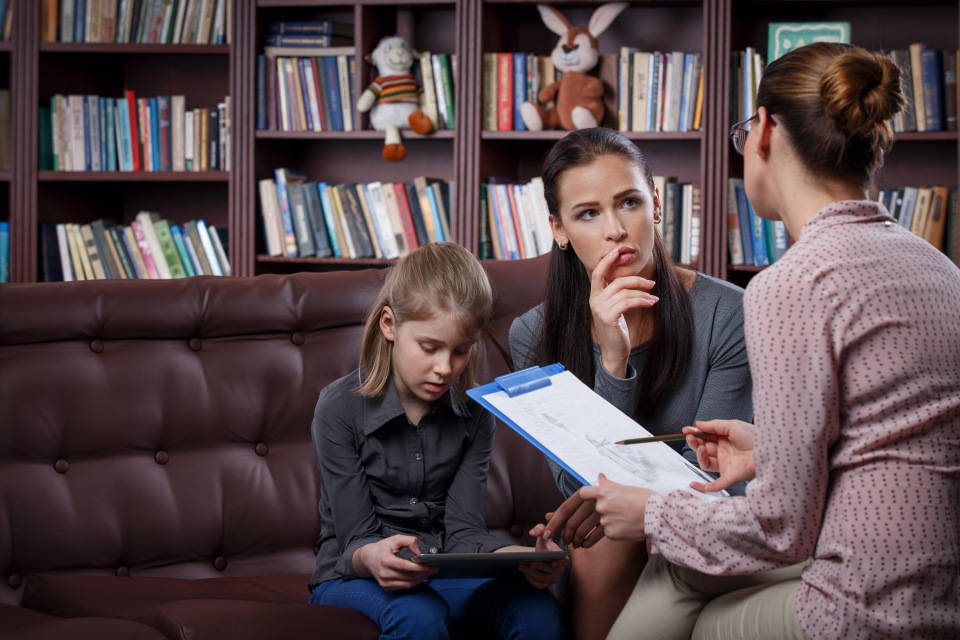What is co-regulation?
Co-regulation is an important parenting tool that helps children learn to regulate their own emotions through patience and consistent practice. When preschoolers have emotional meltdowns or teenagers slam doors, parents not only need to remain calm but also support the development of their children’s self-soothing abilities. This is where co-regulation comes in. It helps children better cope with inevitable frustrations and challenges in life, gradually nurturing their emotional regulation skills.
How does co-regulation help children learn to self-regulate their emotions?
Co-regulation is a supportive, interactive, and dynamic process. Through warm and positive interactions, caregivers help children calm down in emotional distress and guide them to gradually handle future challenges. As Lauren Marchette, a child, adolescent, and family psychologist as well as a lecturer in psychiatry at Harvard Medical School, points out, “The core of co-regulation lies in establishing emotional connection with children in distress and providing appropriate support based on their specific needs to help them regain emotional balance.”
To achieve this, parents or other trusted adults need to first master and expand their own emotional skills, as emotions are contagious. Parents must be able to regulate their emotions when their children are emotionally fluctuating to help them gradually gain self-regulation abilities.
Benefits of cultivating emotional skills for children and adolescents
As children grow, they not only need to learn academic and social skills but also develop emotional skills. Emotional skills form the basis of self-regulation abilities, encompassing emotional recognition, dealing with anger and anxiety, nurturing empathy, and developing social skills. These skills are vital for children’s healthy development.
Through co-regulation, parents and caregivers can help children learn the following emotional skills:
Emotional awareness and intelligence: Identifying and understanding one’s own emotions.
Self-soothing techniques: Calming oneself during emotional fluctuations.
Empathy: Understanding issues from another person’s perspective.
Social skills: Such as taking turns and practicing patience.
Attention focus: Maintaining focus when needed.
Problem-solving: Effectively addressing challenges.
Flexible thinking: Adapting to changes.
Time management and goal setting: Planning and executing tasks effectively.
Potential benefits of co-regulation
Through ongoing co-regulation, children can learn how to handle stress, resist immediate gratification, avoid impulsive decisions, and cultivate the ability to plan and stick to plans. Additionally, this helps them adapt to challenges and take on healthy risks.
Research indicates that children and adolescents with better self-regulation skills often achieve more positive outcomes in life, such as higher income, lower drug use rates, and less violent behavior.
Who can benefit from co-regulation?
Co-regulation is beneficial for everyone, including children, parents, teachers, coaches, counselors, and all adults closely interacting with children. Especially for children and teenagers facing economic difficulties, substance abuse, divorce, or other stressful situations, the effects of co-regulation can be particularly significant.
Research basis of co-regulation
Although co-regulation is built on a solid theoretical foundation, current research on its effectiveness mainly focuses on infants and preschool children. For older adolescents, related research is still evolving and being supplemented. However, existing clinical experiences suggest that co-regulation indeed has a positive impact on emotional health.
How to guide children through co-regulation?
Co-regulation is not an isolated skill but relies on establishing a warm and responsive relationship with children. On this basis, providing clear structure and setting reasonable limits is also crucial. Children benefit greatly from consistency, predictable daily activities, and clear expectations and consequences.
When children experience intense emotions, parents can guide them through co-regulation by following these steps:
Self-regulation: Parents need to pause first, regulate their own emotions, for example, by taking deep breaths to calm themselves.
Acknowledge feelings: Acknowledge and express understanding of the child’s emotions, making the child feel understood and supported.
Assess and respond: Observe the child’s reaction, decide on the most appropriate way to respond, including offering verbal comfort or providing support through physical contact (like a gentle pat on the shoulder).
For example, when 12-year-old Eric feels frustrated and throws things at home due to a writing task, his mother first takes a deep breath to calm herself. Then, she soothes his emotions by calling his name, gently patting his shoulder, acknowledging his feelings, and suggesting a brief break. In this way, through appropriate co-regulation, Eric is able to calm down and gradually find strategies to address the issue.
Conclusion
Co-regulation is an important method for helping children and adolescents learn to self-regulate their emotions, allowing them to better cope with various challenges in life and achieve greater development in emotional and social skills.


